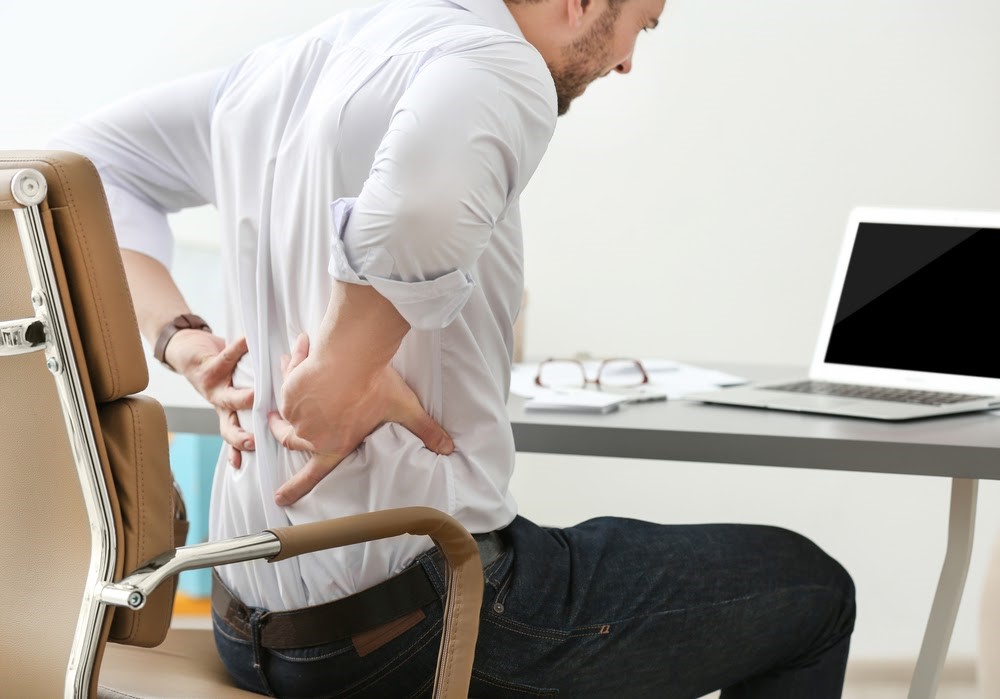Manage Work-related Pain with These Methods
Imagine this: You’re finally done for the day. You breathe out a sigh of relief and pack up for home. Just as you’re about to stand, the familiar burning sensation in your back creeps in. Suddenly, the joy of finishing work is overshadowed by the backache.
While there are unique joys that come with work, there are problems, too. Work-related pain is one of them. From backaches, sore necks, eye strains, and tons of bodily pain can make your job more difficult. Sure, while a simple dash of topical cream may solve some, others require more than that. Some may even spoil your supposed “me” time after work.

The good news is, you don’t have to bear these painful dilemmas for too long. Below is a brief guide on what causes work-related pain and a round-up of the best remedies you can seek to ditch the hassles brought by these problems. Read on.
So, what causes work-related pain? There are many possible answers.
The most common is due to monotonous job activities. Often, if your job involves repetitive movements, this compels the same joints and muscles in your body to work continuously. This puts more pressure on your joints and creates fatigue in your strength over time. This is especially true for jobs that involve frequent squatting, lifting, and even bending forward.
Another common cause of work-related aches is terrible posture. Some classic forms of poor posture include hunching over a computer or slouching in your office chair for prolonged periods. These awkward positions could lead to muscle fatigue and tension.
Other than strenuous physical activities, stress at work can also contribute to work-related pain. Frequent headaches, for example, are likely to occur when a person is stressed. In a recent study, factors such as excessive workload and lack of social support were identified as possible culprits of chronic backaches.
There are many ways to manage pain resulting from job-related activities. These include:
#1: Practice good posture
Maintaining good posture is an effective way to avoid work-related neck sores and backaches. You can correct your posture by keeping your body in perfect alignment. When in a standing position, make sure to stand straight and distribute your weight evenly on both feet. Think like you have your back pressed against a wall. Don’t let your bottom stick out. Just keep your shoulders back, pull your stomach in, and maintain a hip-distance between your feet.
When sitting, sit up straight and relax your shoulders. While it’s tempting to cross your legs, try to keep your feet flat on the floor instead. If your chair has back support, take advantage of that feature. Sit back, but make sure to maintain a distance between your knees and the chair. You can also insert a pillow to keep your spine’s natural curve.
A few stretches during your break will also help prevent muscle strain. To start, hold your hands firmly behind your back and then push your chest forward. This will help stretch your shoulders.
You can also stretch your legs while remaining seated. To do so, pull your legs out and then reach toward your toes. Do this with one leg at a time and try to hold for 10 seconds each.
#2: Seek massage therapy for pain relief
Another remedy to manage work-related pain is to visit nearby spas that offer massage therapy. Generally, massaging the pressure points in your body help alleviate pain and promote blood circulation. This is especially effective for backaches, shoulder pain, and even headaches.
There are various forms of massage that you can try out, depending on your needs. If it’s your first time to get a massage, and you’re experiencing only minor pain, you’ll want to settle for a gentle type of service, such as Swedish massage.
But if you’re struggling with stubborn strains and sports injuries, more aggressive massage therapy is the right choice. Among your best options include deep tissue massage and trigger point massage. These involve slow, forceful strokes with firmer pressure.
#3: Use cold and hot packs
You can also treat your work-related pain using cold and heat therapy. You can take advantage of a cold wrap to treat acute injuries. This will help reduce inflammation in the affected area, which causes pain.
Meanwhile, heat therapy through steamed towels or hot water bottles is recommended for treating muscle pain and sore joints. Logically, this makes heat treatment the better option to manage backaches and sore shoulders caused by a full day at work.
Ditch the hassles of work-related body pain. Take note of these pain-alleviating methods as you prepare for a whole day of office work ahead.













